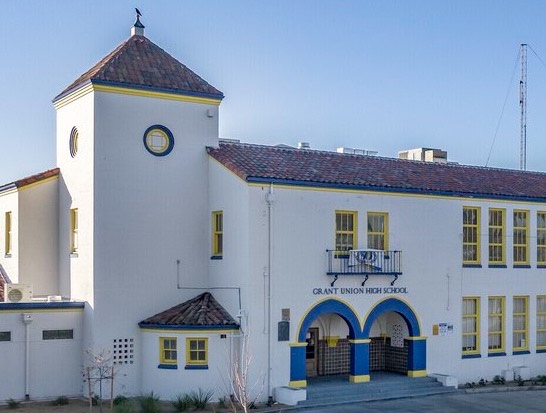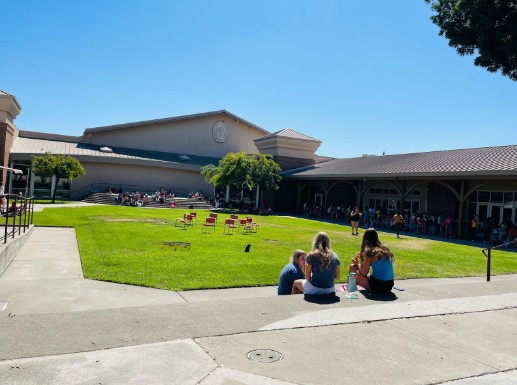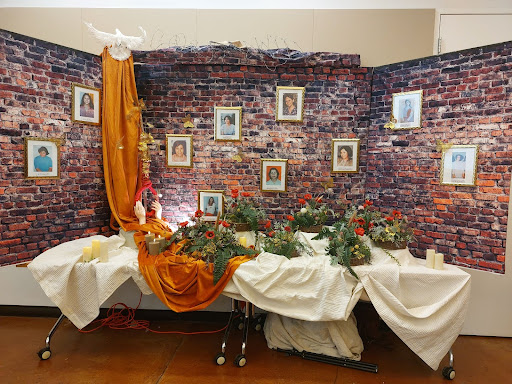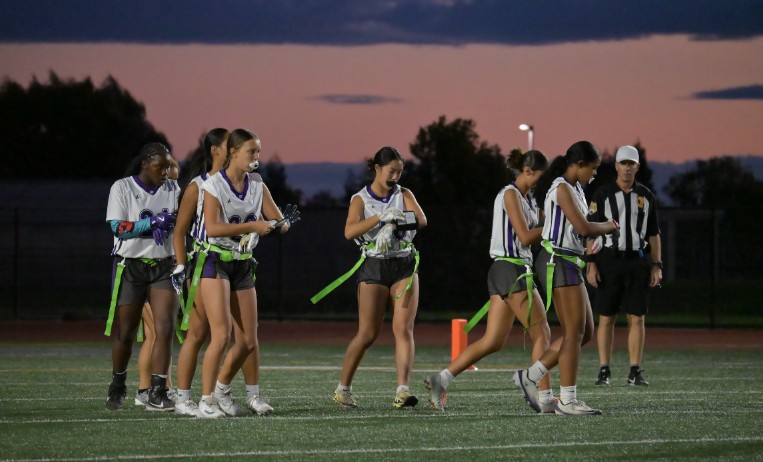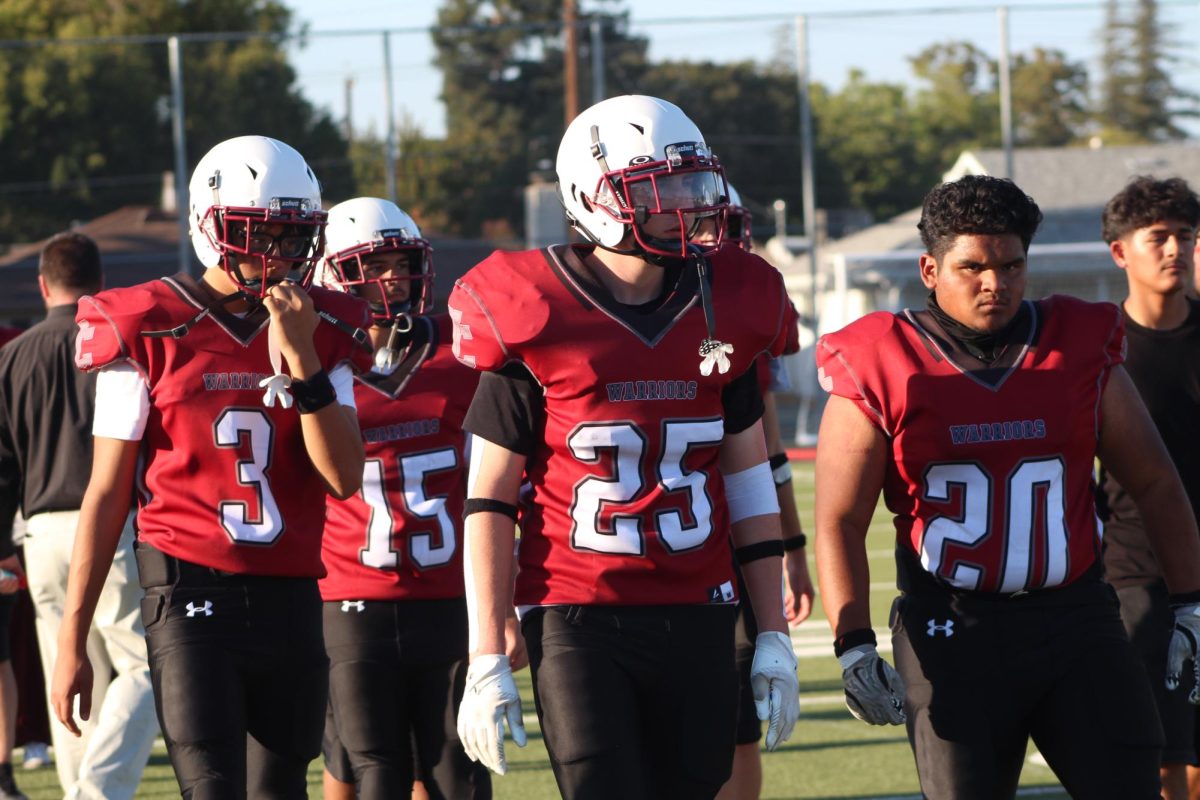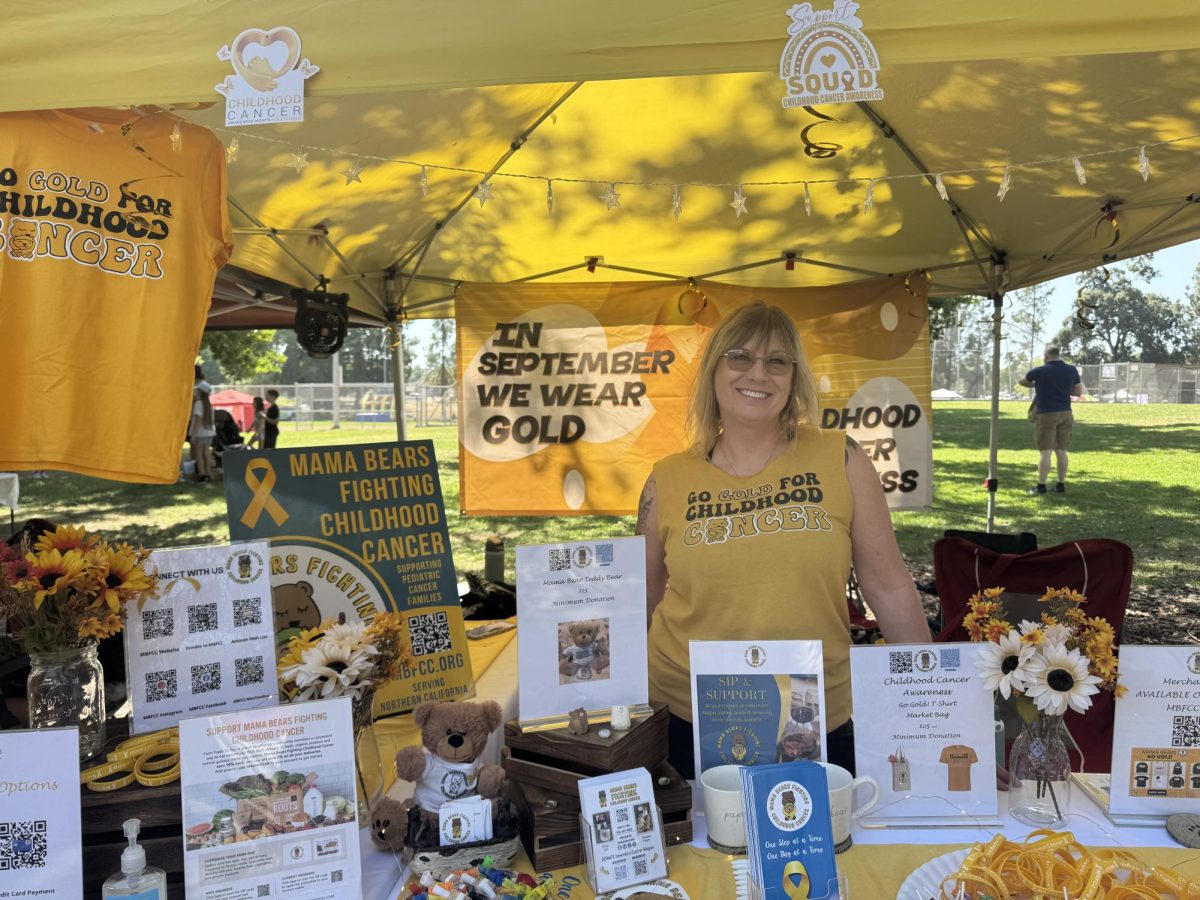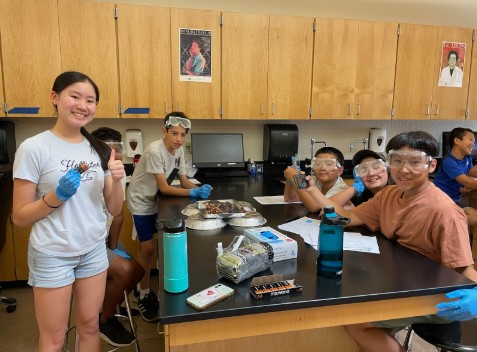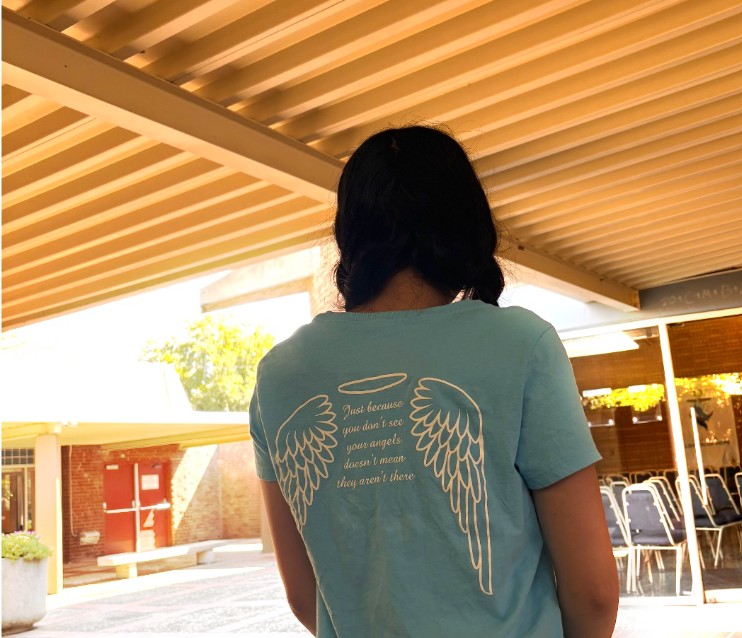If, as experts say, a single blood donor can save up to three lives, then nearly 100 people are still alive because of the efforts of Pleasant Grove High School students last month.
On Oct. 1, the Pleasant Grove High School Biomedical Academy hosted a blood drive sponsored by Vitalant, offering students and teachers the opportunity to donate blood and learn about the impact of the blood drive.
This semester, the academy’s blood drive got donations from 45 students and teachers, collecting 31 lifesaving pints of blood – with the potential to save nearly 100 lives.
Every two seconds, someone in the U.S. needs blood or platelets, and school initiatives like this create a real impact to meet that ongoing demand.
Early in the morning, student volunteers and teachers gathered on the PGHS blacktop, and a white van with the slogan “Donate Blood” rolled in. While the van is setting-up for the blood drive, 10 Biomedical Academy student volunteers with a “Blood Drive Crew” on their T-shirts guided donors through the check-in process.

One of the student volunteers, Linh Nguyen, a sophomore in PGHS’s Biomedical Academy, said it was her first time helping out at the academy’s blood drive.
“I was actually not that nervous, but I was excited,” Nguyen said. “I wanted to see how the blood drive works and experience it at the same time.”
Nguyen first joined the team with her friends, not knowing what exactly it was for. She ended up being more involved from experiencing how a blood drive works in the field.
“I always wanted to know more about blood drives because I’m interested in the medical pathway,” Nguyen said. “I enjoyed helping people during the blood drive.”
Nguyen said the way the blood drive saves people’s lives fascinated her the most.
“I feel like it’s amazing that only one person can save up to three people that they don’t even know,” she said. “I’m really happy that a lot of students from our school have come together and contributed their time to save other people’s lives.”
Avneet Kaur, a senior and co-president of the Biomedical Academy blood drive, led the student team behind the event. The team had 10 students from the Biomedical Academy all hoping to make the initiative successful by gathering students to participate as donors and to further educate them about the importance of the blood drive. She said the process of planning and outreach took nearly two months.

blood drive. // photo by Lugtxug Her
“We visited advocacy classes to give quick presentations about the blood drive,” Kaur said. “Also, on every Tuesday and Thursday lunch, we had a set-up table near the cafeteria with forms and more information about the blood drive to advertise and recruit donors.”
While the team’s efforts in outreach were successful, Kaur said they ran into some problems while recruiting donors such as finding eligible students and managing scheduling. Still, she said the efforts were all worth it.
“The mission of our blood drive was to gain as many donors and successful donations from the blood drive,” Kaur said. “We dedicated two months planning the blood drive, so it’s an exciting moment when it’s finally the day.”
In addition to the student leaders’ day-to-day outreach and recruitment efforts, Biomedical Academy teacher Ponciano Cochon said the work extends far beyond the event itself.
With 15 years of experience overseeing the blood drive, Cochon guides the student leaders through months of planning, including coordinating advocacy visits and scheduling time slots with Vitalant, the academy’s longtime partner.
Even with continued efforts, Cochon said the academy has experienced a decline in donor numbers over the past several years.
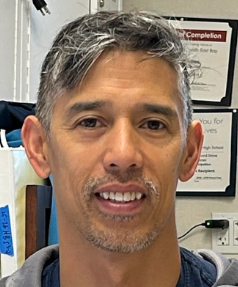
“We peaked with upwards of 175 registered donors and 140 lifesaving pints in 2017,” Cochon said. “The numbers have been decreasing since we hit the peak.”
Despite the lower turnout, the Biomedical Academy continues its initiative and holds its second blood drive of the year in early March – and members are hoping to recruit more donors.
Cochon said the significance of this initiative comes not only from donating blood but also from students understanding the impact of their actions in giving back to the community.
“I think what we do with our student leadership is a model for others,” Cochon said. “Our students are contributing to the benefit of others, which I believe is the most valuable part of this experience.”






